

Kevin Merchant Photography News |
|
May 28, 2025
Bruneau Dunes State Park, near Mountain Home, Idaho is a place I started visiting almost 20 years ago. The dunes were the major attraction, of course, but the water features there also attract a lot of birds. I had not been there in the spring time so it was a treat last year to see so many species. To my surprise, a flock of cedar waxwings were hanging out near the shore one morning. I quickly switched from landscape mode to birding mode and had a nice morning session with them. Be well. Be safe. |
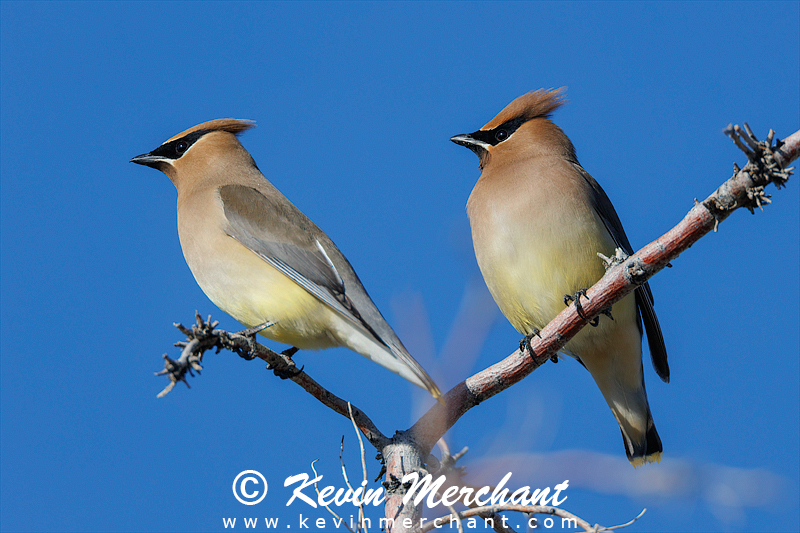 Pair of cedar waxwings (April 22, 2024) EOS R7 / RF 600mm f/4 L IS USM + RF 1.4x Extender / 1/1000 S, f/5.6, ISO 200 |
|
May 23, 2025
The next stop on the month-long journey was Great Sand Dunes National Park, located on the western base of the Sangre de Cristo Mountains. We camped three nights with three sunset and three sunrise opportunities. It is important to realize that this park is at an elevation of 8000' and these are the highest sand dunes in North America. Nights can get cold in the thin air. We had a blast - literally and figuratively. The location is known for its wind, especially in the afternoons. How else did all of this sand collect here? Seriously though, it is a great location. It has been on my list of places to visit in Colorado for many years. And, it is high on my list of places for return visits. |
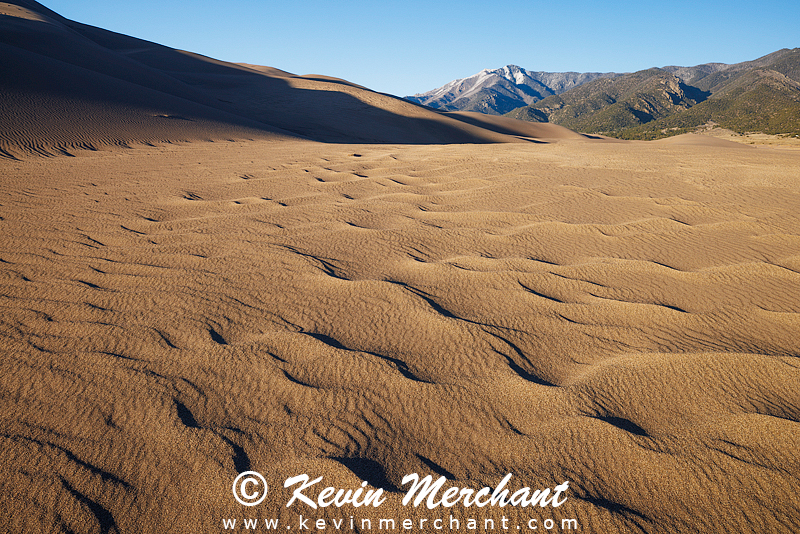 Sand dunes with Sangre de Cristo mountains beyond (April 16, 2024) EOS R5 / RF 15-35mm f/2.8 L IS USM / 1/50 S, f/11, ISO 100 |
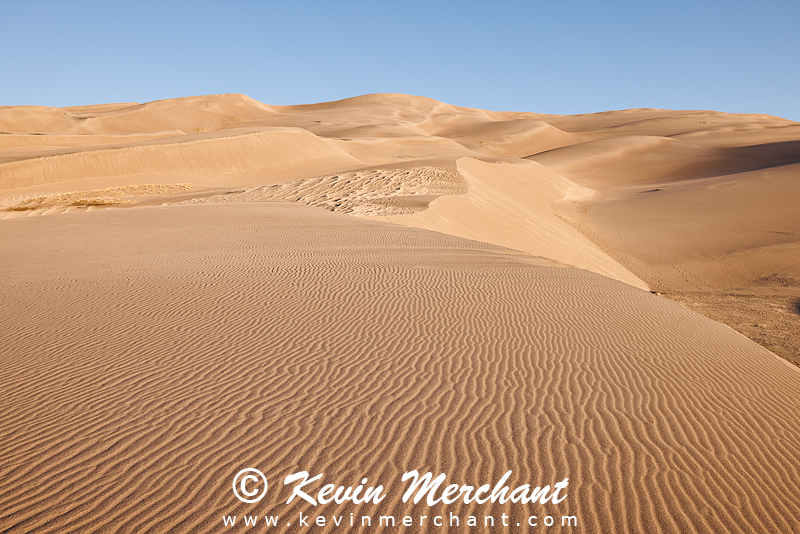 Sand dunes at sunrise (April 18, 2024) EOS R5 / RF 15-35mm f/2.8 L IS USM / 1/30 S, f/16, ISO 125 |
|
The next stop was Grand Junction with a day drive to the Grand Mesa, a speical place for us. The aspens had not started to leaf out, yet. I really like to be able to see the shape and structures of the trees this time of year. |
 Apens without leaves (April 20, 2024) EOS R5 / EF 24-70mm f/2.8 L IS USM / 1/250 S, f/8, ISO 100 |
|
Zooming back to this year, we made another weeklong trip to the Grays Harbor area for the shorebird migration. Just as last year, it was on the late side of the migration, so there were fewer birds but plenty to photograph - red knots, dunlin, western sandpipers, semipalmated plovers, black-bellied plovers, short-billed dowitchers, the occasional ruddy turnstone and greater yellowlegs. This year, there were a number of whimbrels who came in close enough to shoot, on several days. Yay! When I am able, I like to get low, down at eye-level with the birds. It guarantees that the background will be well out-of-focus. But, on the beach and out on the mudflats, you are going to get very wet. But, you must have a strategy - wet sand will get everywhere if you are not careful. Chest waders are a must. You can count on wind. A sacrficial fleece and windbreaker are necessary. And, when you get back to the car, a dry shirt is handy to have. You really need something to mount a long lens on to keep it off the wet sand. I use The Skimmer from NatureScapes.net with a FlexShooter ball head. I previously used a Wimberly Gimbal Head where you could adjust its height. The Flexshooter sits much lower and I have decided to fabricate a riser to get the lens higher off the ground - my neck will very much appreciate this upgrade. It is hard enough tracking the fast moving birds and keeping the lens aimed low enough for proper framing. You also do not have the ease of changing angle when a bird wanders from the limited range you have lying prone on the ground. Here is what it looks like after laying on the wet sand for a couple of hours. Note the raised camera/lens combo to keep the salt water from dripping on the gear. Did I mention that it is tricky to keep your hands dry and sand free? Yeah, you really have to be careful when undertaking this shooting strategy. Be well. Be safe. |
 After a morning of laying on wet sand (May 8, 2025) |
|
May 2, 2025
If you are ever in the Houston, Texas area, I highly recommend a visit to Brazos Bend State Park. A very rich area for wildlife habitat so close to the city. While I don't keep a list, per se, we saw quite a few new bird species including yellow-crowned night herons, white ibis, anhingas and common gallinules. There was also one reptile I did not expect to see but probably should have - alligators. It was exciting to see so many. |
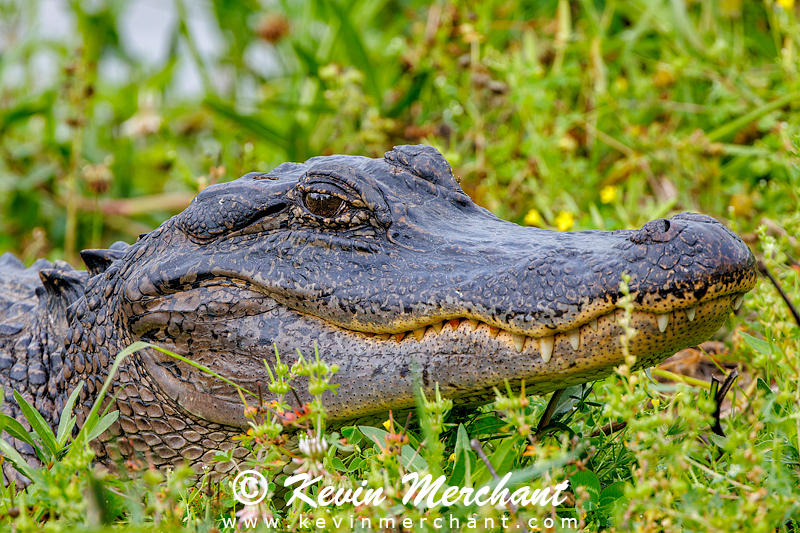 American alligator by the edge of the water (April 14, 2024) EOS R7 / RF 100-500mm f/4.5-7.1 L / 1/125 S, f/10, ISO 400 |
|
The yellow-crowned night herons were busy hunting for crawfish, which were plentiful. |
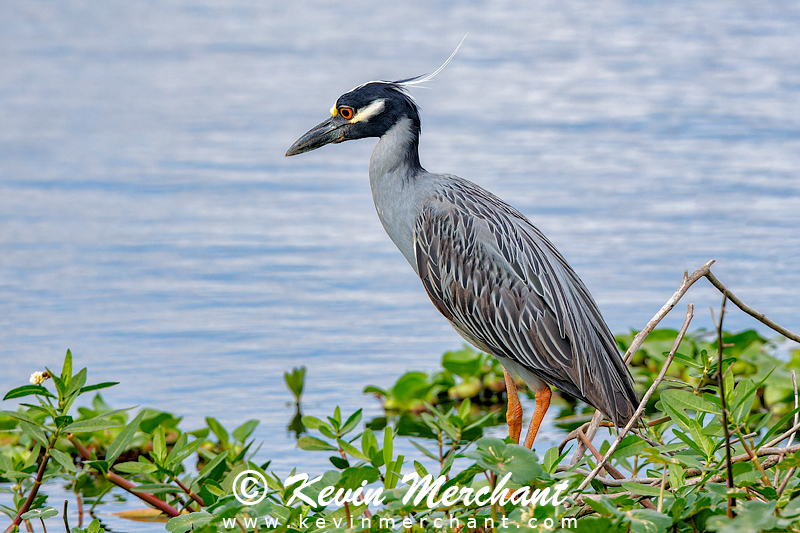 Yellow-crowned night heron hunting (April 14, 2024) EOS R7 / RF 100-500mm f/4.5-7.1 L / 1/1000 S, f/8, ISO 800 |
|
This anhinga was displaying a very typical behavior of drying out its wings. The light reflecting off the wings shows a spectacular pattern. Stunning. Be well. Be safe. |
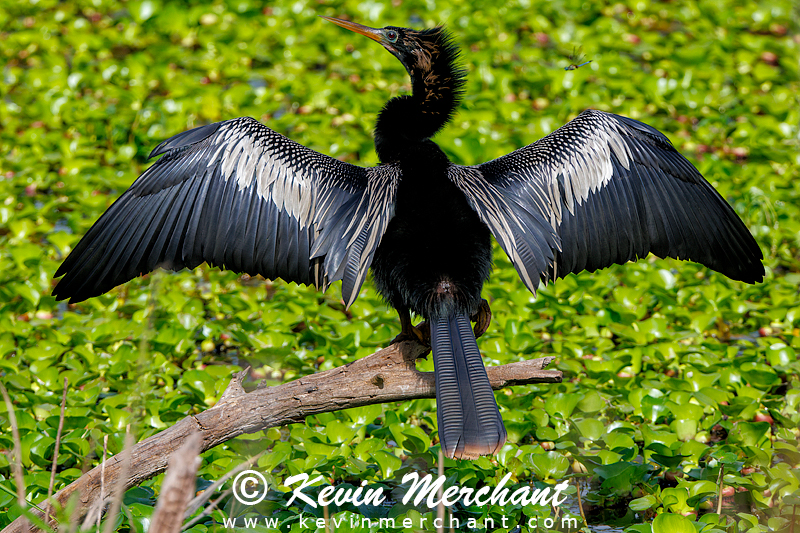 Anhinga drying its wings (April 14, 2024) EOS R7 / RF 100-500mm f/4.5-7.1 L / 1/2000 S, f/8, ISO 800 |
|
April 23, 2025
Starting off with a morning visit to the city park in Bandera, Texas, we discovered a family of fox squirrels living in this large knot hole. Safe in a high perch, they were enjoying the warmth of the morning sun and quite curious about the passersby. |
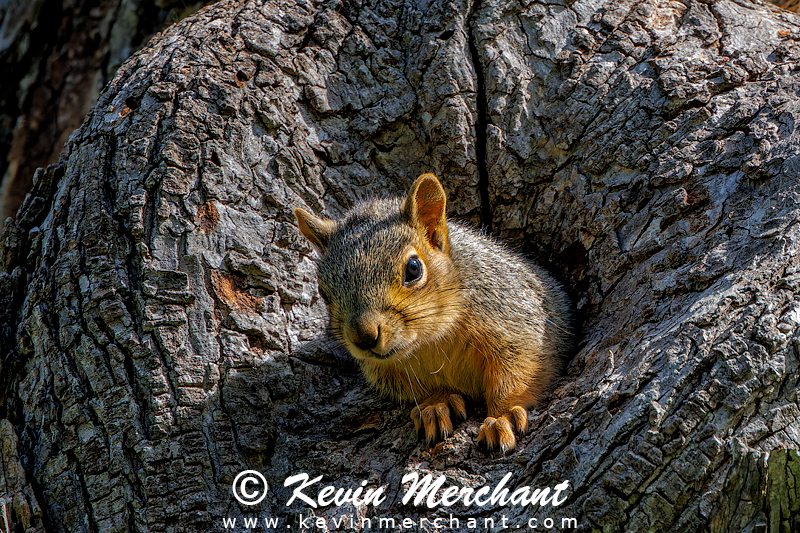 Fox squirrel looking out of a knot hole (April 10, 2024) EOS R7 / RF 100-500mm f/4.5-7.1 L / 1/640 S, f/10, ISO 800 |
|
After a day hike in Hill Country State Natural Area, near Bandera, we discovered a nesting pair of vermillion flycatchers near the parking lot, of course. The male is very striking with its bright red color. A flash of red zipping through the trees caught my eye. We spent at least a couple of hours observing them. Beautiful. Be well. Be safe. |
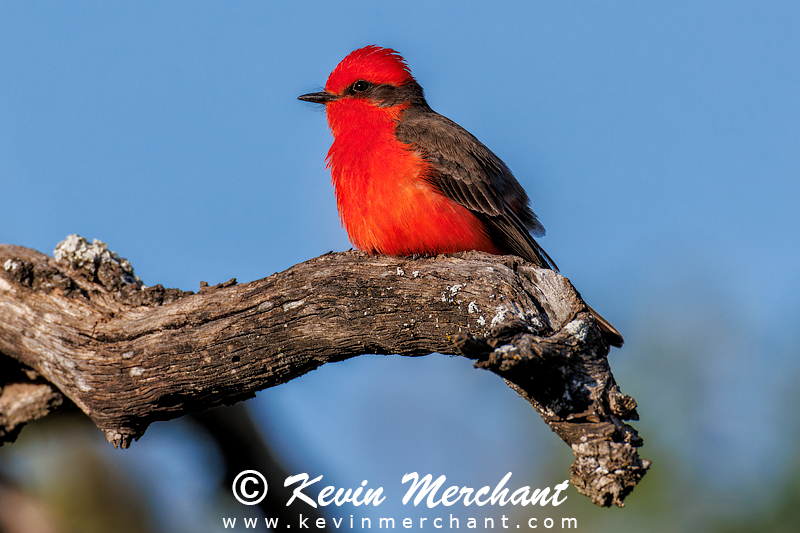 Male vermillion flycatcher (April 10, 2024) EOS R7 / RF 600mm f/4 L IS USM + RF 2x Extender / 1/1600 S, f/10, ISO 800 |
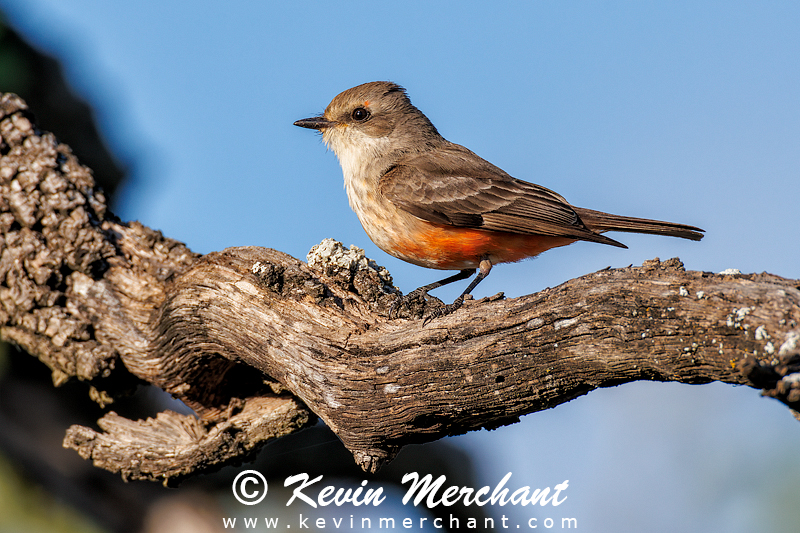 Female vermillion flycatcher (April 10, 2024) EOS R7 / RF 600mm f/4 L IS USM + RF 2x Extender / 1/1600 S, f/10, ISO 800 |
|
April 16, 2025
Spring in Arizona brings out all kinds of birds, even some of the most common such as this white-crowned sparrow. On an early morning hike in Picacho Peak State Park, there were plenty of curious males about in search of a female. |
 White-crowned sparrows (April 3, 2024) EOS R7 / RF 100-500mm f/4.5-7.1 L / 1/640 S, f/7.1, ISO 200 |
|
And what would a visit to Arizona be without at least one saguaro cactus? Be well. Be safe. |
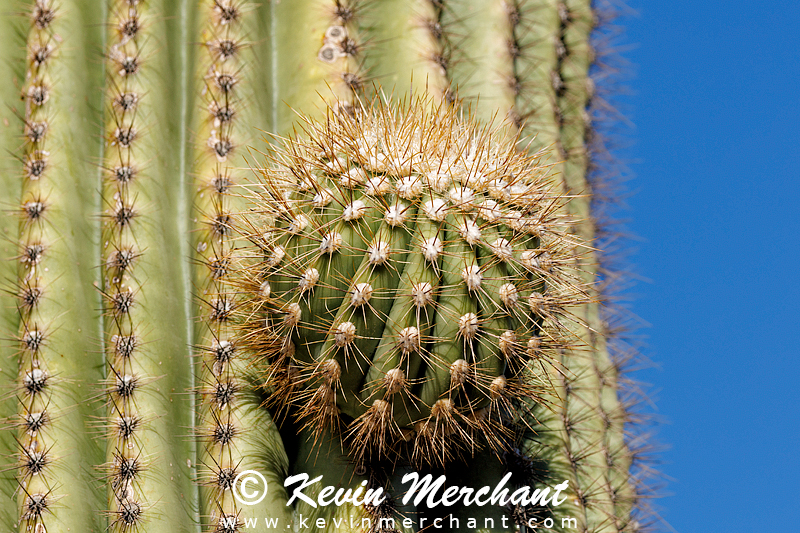 Start of a saguaro arm (April 3, 2024) EOS R7 / RF 100-500mm f/4.5-7.1 L / 1/800 S, f/7.1, ISO 200 |
|
April 9, 2025
Typically, you think of Nevada as a destination for Las Vegas or Reno or perhaps Lake Tahoe for skiing. It is true that much of Nevada is a stark landscape. But, it also has its attractions if you know where to look. Valley of Fire State Park is one such location. With its proximity to Las Vegas and no thanks to social media, it has become a very popular place to visit. Especially, on weekends. It has become so popular in fact, that visitor restrictions are significant - there is no parking allowed anywhere along roadways, only in signed and designated parking areas. Apparent from the number of ranger vehicles present, the rules seem to be strictly enforced. I'm not sure I have run into such a restrictive parking situation before and certainly did not expect it. So, no pulling off the road when you see a vantage point that you would like to shoot. You can hopefully find nearby parking and walk back to the location. Parking nearby or at all is not always possible. A word of warning if Valley of Fire is of interest. Your shoots will have to be more planned out and preferably a less crowded time of day or year. That is definitely my choice for a future return. In this case, we went back to a spot (with parking) that should work for a sunrise shoot. The really good light did not last long, but was worth the early rise. |
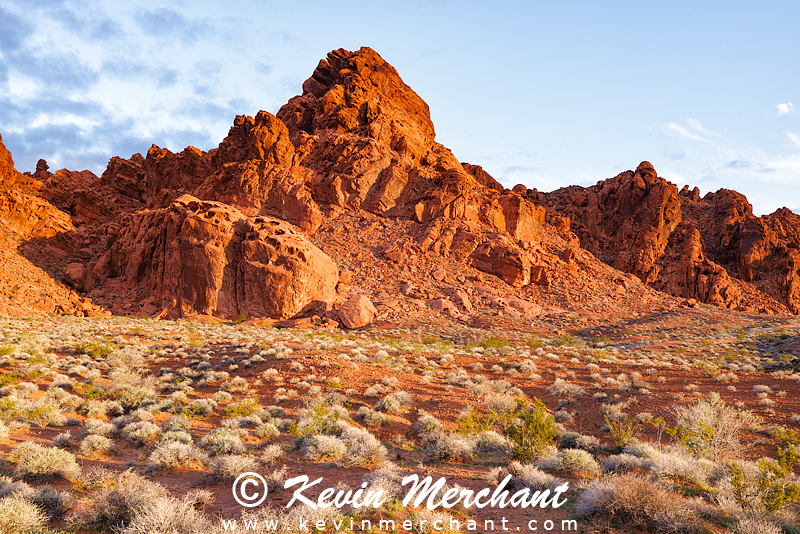 Rock outcropping in Valley of Fire (April 1, 2024) EOS R5 / RF 15-35mm f/2.8 L IS USM / 1/8 S, f/11, ISO 100 |
|
As I was returning to the parking area, I spotted a small herd of big horn sheep crossing the road. So, the race was on back to the vehicle to switch cameras and the big lens. Fortunately, the sheep were grazing and in no hurry. Be well. Be safe. |
 Big horn ewe (April 1, 2024) EOS R7 / RF 600mm f/4 L IS USM + RF 2x Extender / 1/1250 S, f/8, ISO 400 |
|
April 2, 2025
Sometimes nature gives you a gift. And, if you are ready, you get to spend a little time with something unexpected. That was the case with this red-naped sapsucker busily making sap wells in this tree. Unfortunately, I would not be there for any of the return trips. This was the beginning of a four week road trip traveling through ten states. I was grateful for the opportunity to spend an hour or two with such a beautiful bird. Be well. Be safe. |
 Red-naped sapsucker drilling sap wells (March 28, 2024) EOS R7 / RF 600mm f/4 L IS USM / 1/80 S, f/4.5, ISO 100 |
|
March 26, 2025
On a rainy day, some visitors came wandering through the backyard in Bandon. I couldn't resist. He's such a handsome fellow. Be well. Be safe. |
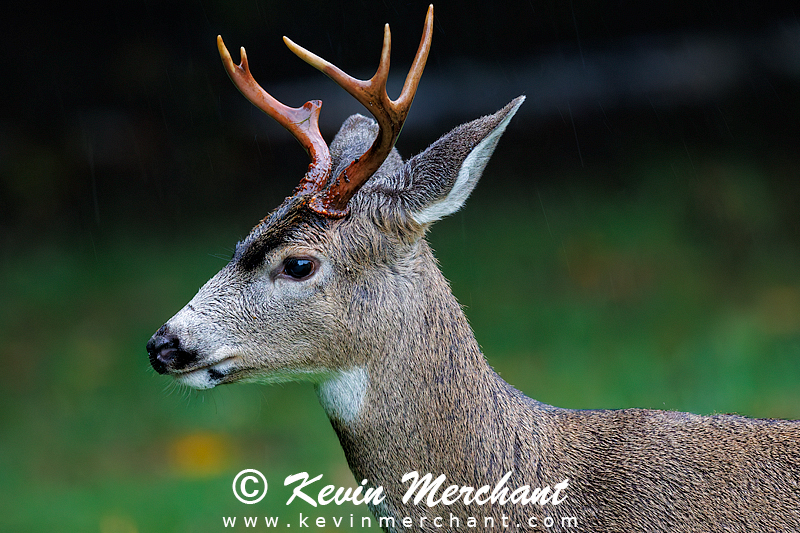 Black-tail buck (December 3, 2023) EOS R7 / RF 600mm f/4 L IS USM / 1/80 S, f/4, ISO 6400 |
|
March 19, 2025
Shore Acres State Park in Charleston, Oregon has spectacular ocean views and some amazing sunset opportunities. Combining the views of cliffs with the wave action and sunset light is just one such possibility. |
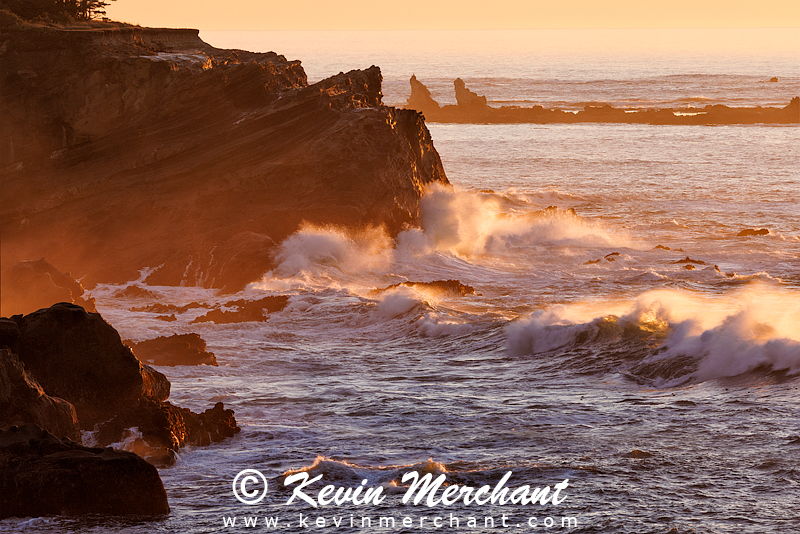 Sunset light on incoming waves (November 27, 2023) EOS R5 / RF 100-500mm f/4.5-7.1 L / 1/40 S, f/11, ISO 100 |
|
From Thanksgiving Day until the end of December, the grounds around the old Simpson home inside the park are lit at night with festive Christmas lights and many light sculptures. A visual feast. If you go, be prepared for the cold because once the sun drops below the horizon, the temperature starts to drop as well. If you plan some photography, a sturdy tripod is needed for the long exposures. And, plenty of patience as you generally have to wait for people to walk out of the frame. Be well. Be safe. |
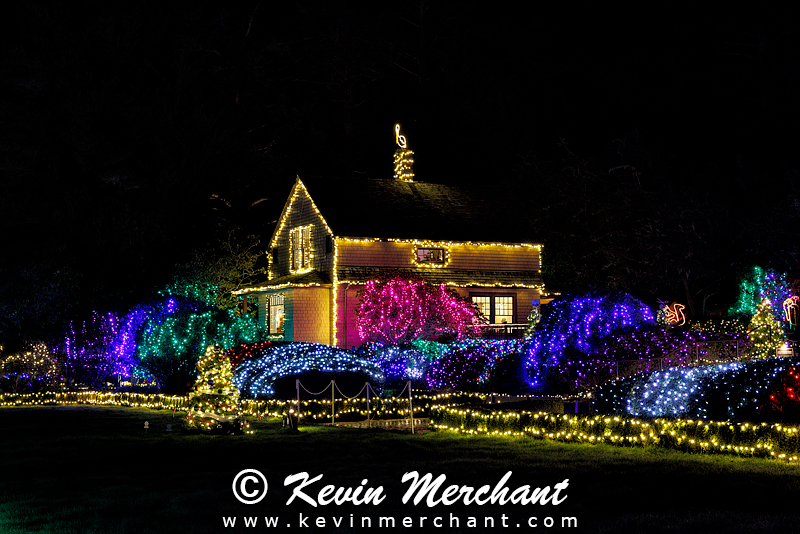 Shore Acres Christmas lights (November 27, 2023) EOS R5 / EF 28-70mm f/2.8 L II USM / 10 S, f/11, ISO 100 |
|
March 12, 2025
I especially love to shoot fall color. It is a transitory time of year and you have to take advantage of the moment when it is right in front of you. That is particularly true of this image. There are two maple trees in our backyard that have the potential to be very stunning in fall color. On only a few occasions have they dropped enough of their leaves before the rain and wind come to make an image like this one. Once the leaves are on the ground, there is a very short window where they have such deep and rich colors. I also like to combine the fall colors with macro shots such as this. It is all about the color, the shapes and just the leaves. This particular image is made from a focus-stack series of 10 shots for maximum depth of field. My goal was to have everything in the frame in sharp focus. Be well. Be safe. |
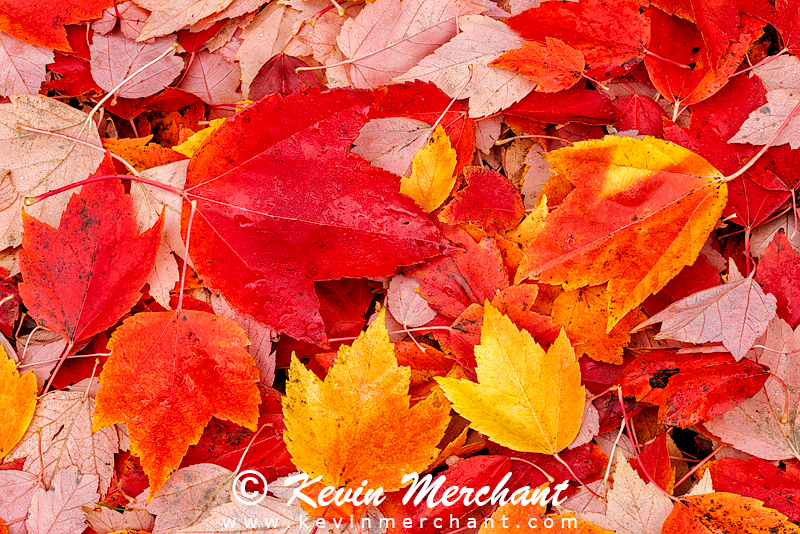 Fall color in the backyard (November 9, 2023) EOS R5 / RF 100mm f/2.8 L Macro / 1/6 S, f/11, ISO 100 |
|
March 5, 2025
Sometimes the ordinary should be recognized. Western gulls are plentiful on the Pacific coast and so they mostly go unnoticed. Besides being the only bird around on this particular walk on the beach, the light on the beach gives this bird a stunning look. |
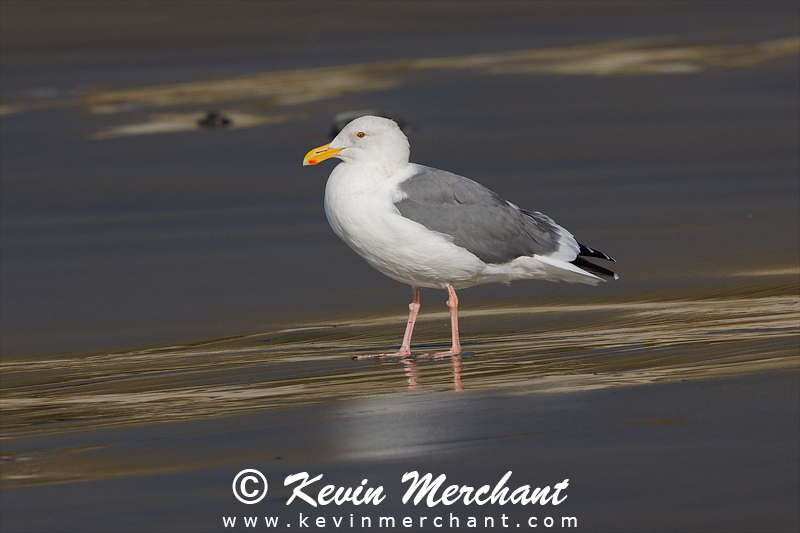 Western gull on beach (October 25, 2023) EOS R7 / RF 100-500mm f/4.5-7.1 L / 1/1000 S, f/7.1, ISO 160 |
|
Speaking of going unnoticed, the patterns from the sand cliffs in late afternoon light were too good to pass up. Most of the time, the cliffs are just there. The exceptional light made them stand out to me. Be well. Be safe. |
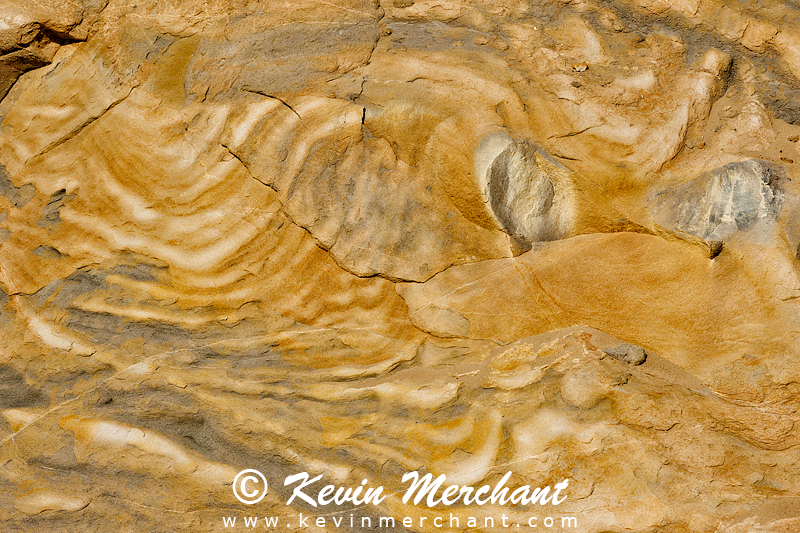 Sand cliff in late afternoon light (October 23, 2023) EOS R7 / RF 100-500mm f/4.5-7.1 L / 1/1000 S, f/8.0, ISO 125 |
|
February 26, 2025
On October 14, 2023, an annular solar eclipse occurred, crossing from the central coast of Oregon to the southern coast of Texas and the Gulf of Mexico. We chose to travel to Nevada to be in the center of the path - Virgin Valley Campground in the Sheldon National Wildlife Refuge to be exact. Having never been there, we did not know what to expect. From what little could be gleaned from the Internet, it is a remote area and dry-camping would be required. But, we did expect there to be enough people coming for the eclipse, that we arrived three days before the big day, just in case there was competion for a site (there was). It turns out that Virgin Valley CG is a no-fee campground so there was a bit of a free-for-all in securing a space, especially as the day approached. Arriving early was a really good idea. We ended up sharing our space with new friends from Alabama. The first camera setup was going to be a telescope with the Canon R7, mounted to an equatorial tracker on a carbon fiber tripod. With clear skies the night that we had a camp space secured, I took the opportunity to polar align the tracker. That turned out to be fortuitous because the night before the eclipse was completely clouded over. You just have to be careful not to bump the tripod. The second camera was going to be a Canon R5, mounted to an RF 100-500mm zoom lens with a 2x extender on another carbon fiber tripod. This setup required continuous adjustment throughout the eclipse. It proved to be a bit tricky due to the fact that at first contact, the sun was obscured by clouds. We had to scramble to get both cameras on the sun - long focal lengths and solar filters make this especially difficult. However, with the second setup, every time the sun was obscured by clouds it took extra effort to find the sun again. Anticipating when you would see the sun was not possible, so you had to keep constant watch. Due to the brightness of the sun, heavy filtration is necessary to protect camera and eyes. Primarily, there are two popular filter choices. Filters that add a color to render the sun an orange color like we are used to seeing. The other filter choice is a neutral density filter that adds no color - this was my choice. Since the images captured are not what I would consider normal in any respect, I feel there is room for interpretation in the processing. And, so I did with the color rendering. As I mentioned, we were fighting clouds most of the eclipse. They do add some interest to an otherwise almost blank disk. As you can see, there were some sunspots that were visible throughout the eclipse. |
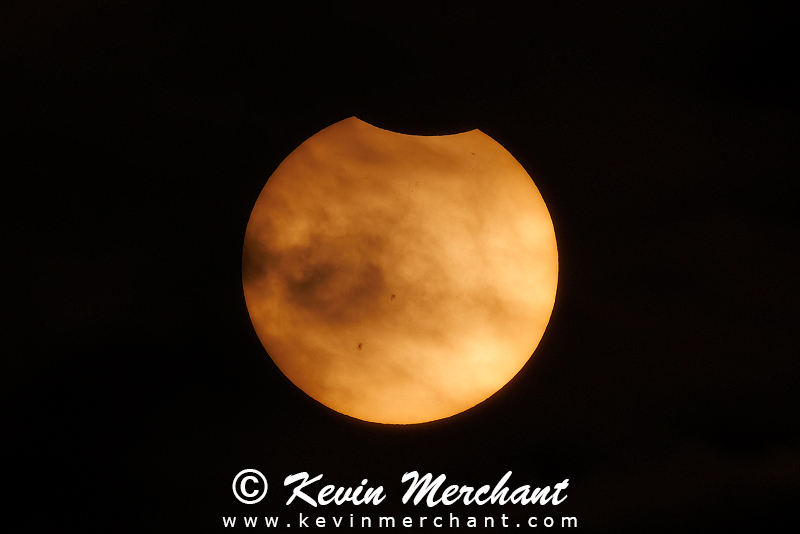 Partial solar eclipse (October 14, 2023) EOS R5 / RF 100-500mm f/4.5-7.1 L + RF 2x Extender / 1/30 S, f/16, ISO 200 |
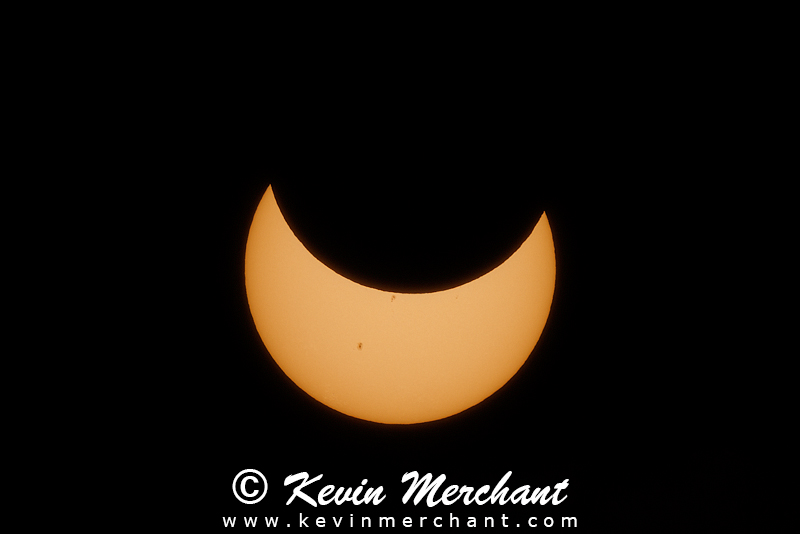 Partial solar eclipse (October 14, 2023) EOS R5 / RF 100-500mm f/4.5-7.1 L + RF 2x Extender / 1/30 S, f/16, ISO 200 |
|
Second contact is when the opposite lunar limb first touches the sun in an eclipse. For an annular eclipse, there is nothing too terribly exciting to see, but it is still awesome to see the Ring of Fire from beginning to end. |
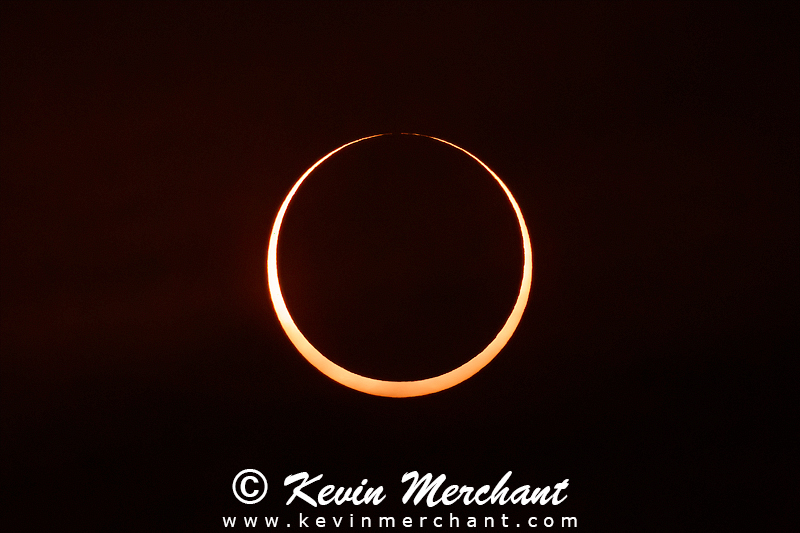 Second contact of the annular solar eclipse (October 14, 2023) EOS R7 / William Optics Zenithstar 73 III APO telescope / 1/640 S, ISO 200 |
|
The most exciting part of an annular eclipse is the Ring of Fire, when the moon is blocking as much of the sun as is possible, with just a portion of the sun showing. The difference between an annular solar eclipse and a total solar eclipse is the relative distances between the earth, moon and sun. When the moon is closer to the earth, relative to the sun, you have a total eclipse. There are scientists who have spent much of their career studying all aspects of solar eclipses and making calculations to predict each eclipse, mapping where the path will occur on earth and the times. I am indebted to them for making it possible for me and many, many others to be able to have captured images such as you see here. This effort does not occur in a vacuum. Be well. Be safe. |
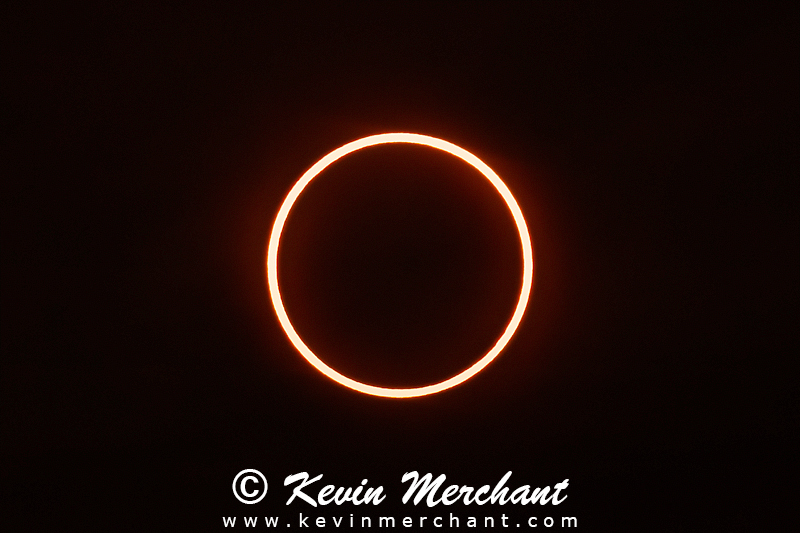 Ring of Fire (October 14, 2023) EOS R7 / William Optics Zenithstar 73 III APO telescope / 1/640 S, ISO 200 |
|
February 19, 2025
Arriving ahead of the day for the annular solar eclipse at the Virgin Valley campground in the Sheldon National Wildlife Refuge in Nevada, the white-crowned sparrows were numerous and very active in the mornings. After a night's rest and securing a camp spot, we wandered the area. The sparrows were actively feeding in the surrounding edges of nearby ponds. Nice golden light from sunrise provided the perfect background. Be well. Be safe. |
 White-crowned sparrow (October 12, 2023) EOS R7 / RF 100-500mm f/4.5-7.1 L / 1/800 S, f/7.1, ISO 400 |
|
February 12, 2025
Another October fall day with a pika. Very curious and always watching to see where the intruder is and what he's doing. They generally choose a spot in the sun to watch. It was another good day. Be well. Be safe. |
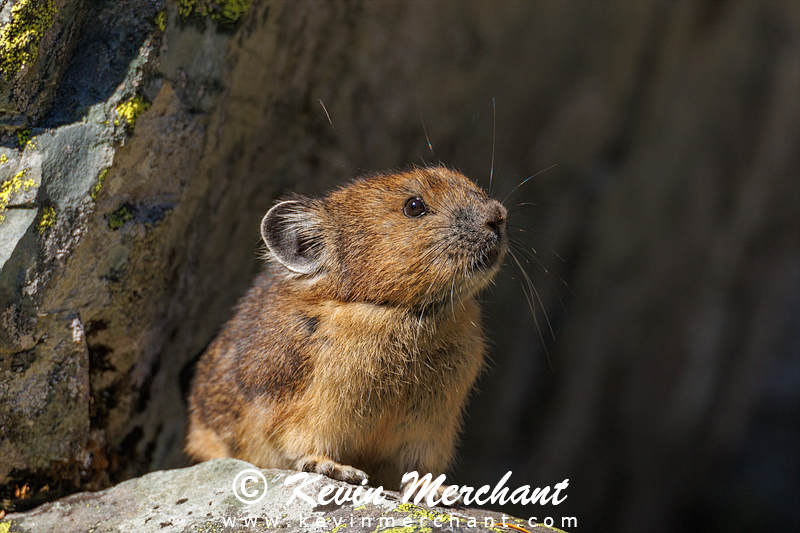 American pika sitting on a granite boulder (October 5, 2023) EOS R7 / RF 600mm f/4L + RF 1.4x Extender / 1/1000 S, f/5.6, ISO 320 |
|
February 5, 2025
After a scouting hike to Second Burroughs a month earlier, I returned in September for a sunrise shoot. Leaving the parking lot at the Sunrise Visitor Center at 3:18am, we crunched up the trail with a fresh dusting of early snow. Arriving on Second Burroughs about 5:30am, with clear skies, we waited in the stiff cold for sunrise at about 6:00am. The really nice light lasted for about half an hour and then it was gone. With the sun warming our fingers and toes, we heated some water for a cup of coffee before heading back down. It was totally worth the early morning drive, hike and cold. Be well. Be safe. |
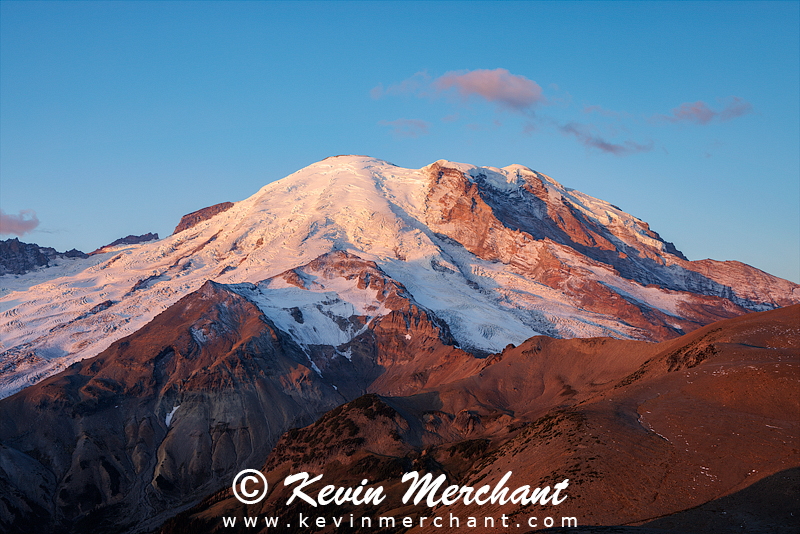 Mt. Rainier at sunrise from Second Burroughs (September 21, 2023) EOS R5 / EF 24-70mm f/2.8L II / 1/13 S, f/11, ISO 100 |
|
January 29, 2025
American pikas are found in alpine environments, typically making their home in boulder fields. They use the cavities created by the boulders for travel paths, food storage, protection from predators and shelter. While hiking through such boulder fields, it is likely you have heard them call out but not seen one. Due to their size, camouflage and speed, they blend in and are hard to spot. Unless, you stop long enough to spot some movement. Their calls alert all of the other pikas in the area. Sometimes, the calls are a territorial warning, such as the one being displayed here. |
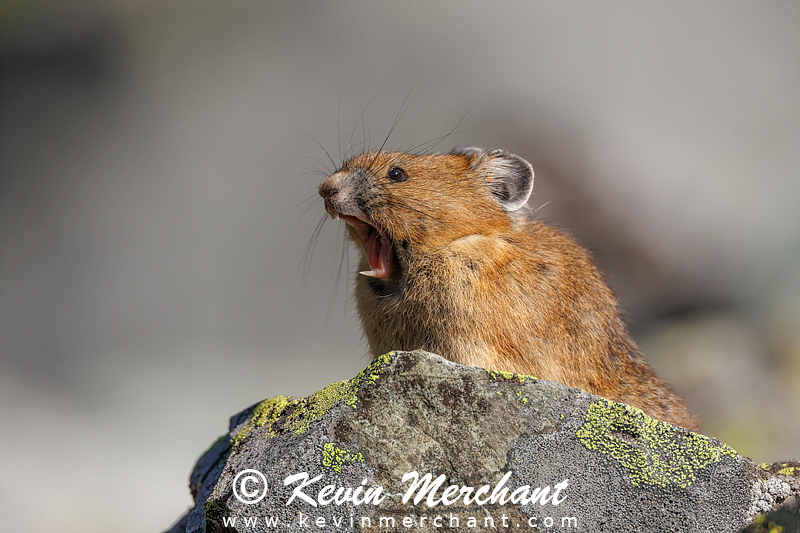 American pika calling out a warning (September 14, 2023) EOS R7 / RF 600mm f/4L / 1/1250 S, f/4.5, ISO 320 |
|
January 24, 2025
Back in 2021, I started a thing I called Upload Wednesday. Well, it has not been by any stretch a continuous activity, but I have been consistently uploading images to the NEW section of the Gallery on Wednesdays. I thought I would start featuring an image from each 2025 upload here in the News section. Keep watching this space for updates. Be well, be safe. |
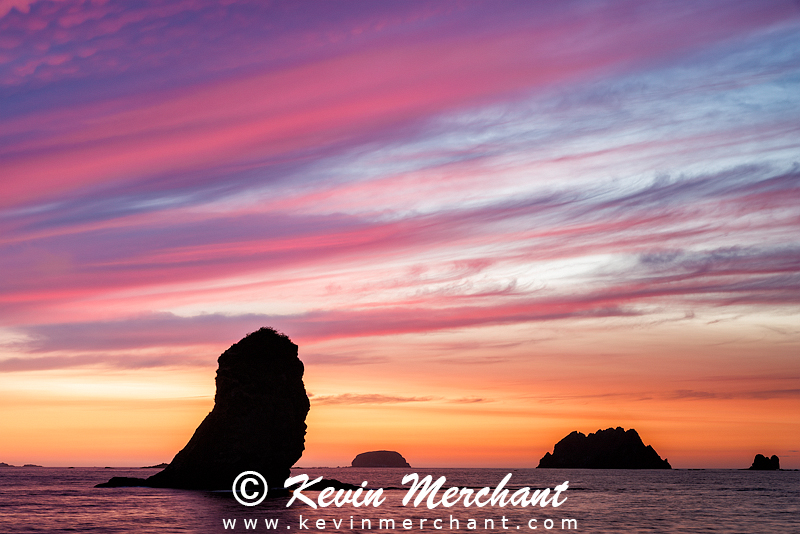 Sunset on the coast in Olympic National Park (July 26, 2023) EOS R5 / EF 24-70mm f/2.8L II / 1.6 S, f/11, ISO 100 |
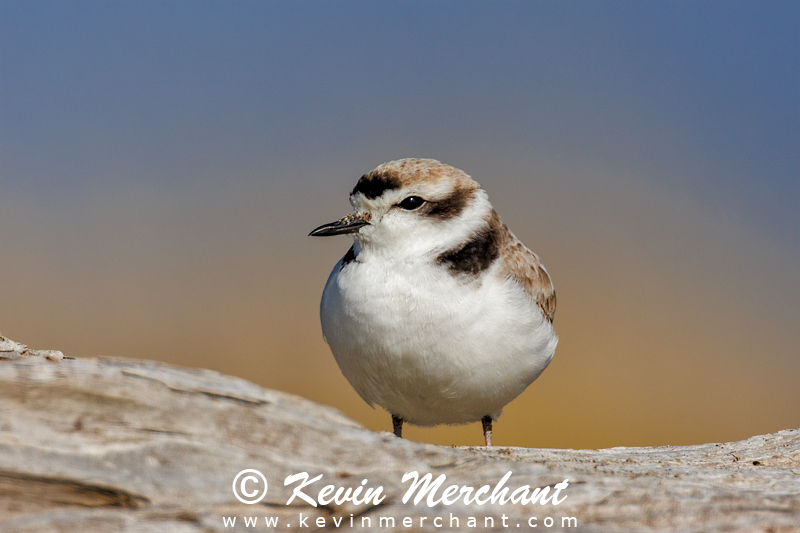 Snowy plover on driftwood (May 3, 2023) EOS R7 / RF 600mm f/4L + RF 2X Extender / 1/2500 S, f/8, ISO 800 |
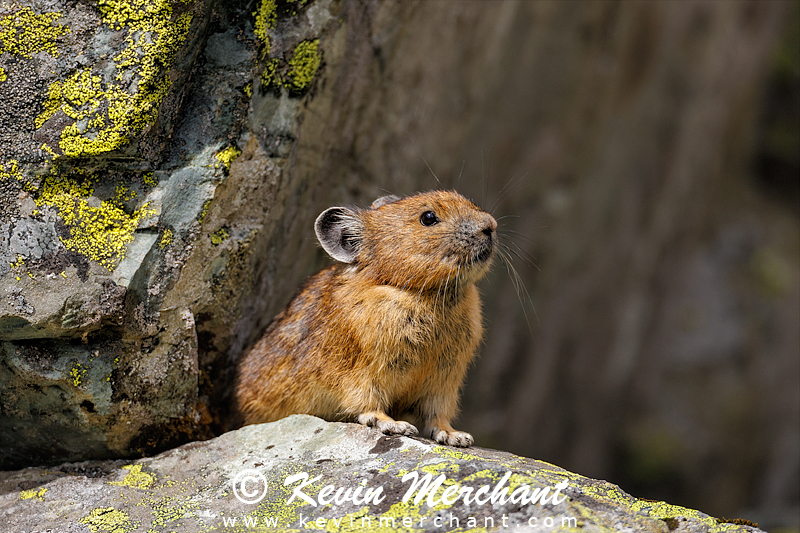 Pika sitting on granite boulder (August 10, 2023) EOS R7 / RF 600mm f/4L / 1/1250 S, f/4, ISO 200 |
 Female Anna's hummingbird feeding on crocosmia bloom (August 12, 2023) EOS R7 / RF 600mm f/4L / 1/2500 S, f/4, ISO 1600 |
|
January 3, 2025
Happy New Year! Last year was one of those years where it didn't seem there was much to report on or write about. Highlights included an abundance of birding in Texas, visiting sand dunes in Colorado (Great Sand Dunes NP) and Idaho (Bruneau Dunes SP), northern lights in a Washington state dark sky location, hiking in Mount Rainier NP, birding in Grays Harbor for a week, visits to Rocky Mountain NP and Yellowstone NP for fall color and large mammal photography. As can be noted in the Gallery, 2024 was the year of processing mirrorless body images. Although having purchased the Canon R5 in 2021 and the R7 in 2023, it has taken a while to catch up to processing images from those bodies. Catching up has been a recurring theme in this News section and so it goes. I guess the good news is that it is happening. My current batch of photos that I am working on are snowy plovers from May of 2023. In my defense, I had paused processing for a time while doing a bit of a deep-dive on luminosity masks in Photoshop - a feature that has been in the program since it's very beginning. I admit that I knew about luminosity masks, but had never taken the time to really understand how they could be useful in my Photoshop workflow. This pause has included reading a book published in 1998, Photoshop Channel Chops, written by David Biedny, Bert Monroy and Nathan Moody; written about the time of Photoshop 3.0. I wish I had known about this book when it came out as it coincided with my entry into the world of Photoshop. I highly recommend tracking down a copy; it is out of print but copies can be found. It is a book that gives you a foundational understanding of things that Photoshop does without you even knowing it. It particularly gives you the concept of where luminosity masks come from and how alpha channels can be useful. Oh, and it gives you a bit of the history of Photoshop's origins. Interesting stuff. Enough techy talk. Be well. Be safe. |
| © KEVIN MERCHANT PHOTOGRAPHY |
|
All photographs appearing on this site are Copyrighted
property of Kevin Merchant Photography and are protected under United States and
international copyright laws and have been registered with the U.S. Copyright Office. Contact Kevin Merchant Photography for licensing terms of all photographs appearing on this site. |